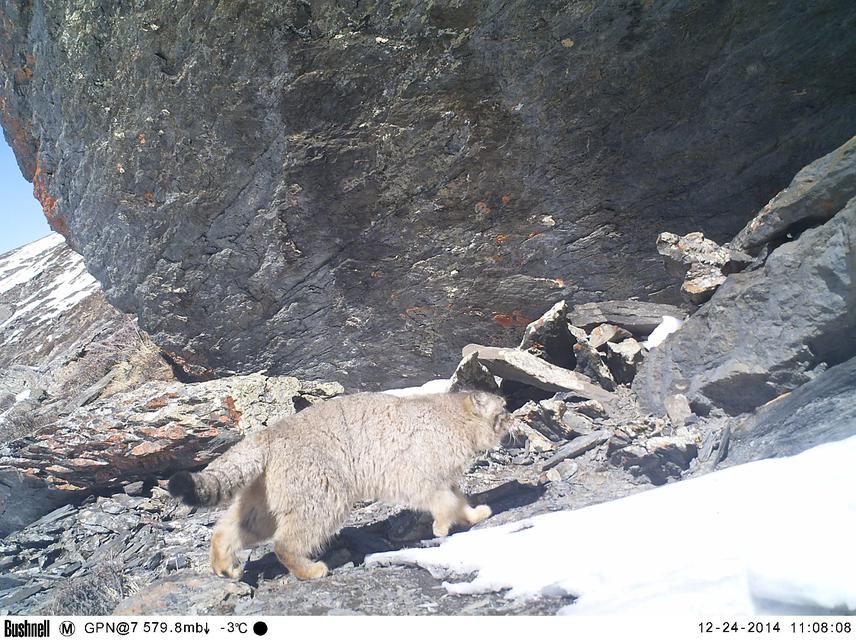Rinzin Phunjok Lama
Other projects
14 Jan 2016
Empowering and Educating Local Communities for the Conservation of Pallas’s Cat (Otocolobus manul) in Manang Valley, Annapurna Conservation Area, Nepal
The proposed project will collect the baseline data on the abundance, distribution and conservation status of the newly reported Pallas’s cat (Otocolobus manul) in Nepal Himalaya.

Pallas's cat recently captured in remote cameras in Annapurna Conservation Area, Nepal. © Tashi R. Ghale, Global Primate Network-Nepal.
Pallas’s cat (Otocolobus manul) is a small wild cat species which is distributed in the grasslands and montane steppe of Central Asia. It has been classified as ‘Near Threatened’ in IUCN Red List of Threatened Species due to its habitat degradation, prey-base decline and hunting. It has been listed in CITES Appendix II. Pallas’s cat, also called Manul, has been very recently discovered in Nepal. Nothing is known about the status and conservation threats of this species in Nepal. Assessing science based data on species abundance and distribution is vital and foremost requirements before drafting any species conservation and management plan. Considering these facts, the proposed project is collecting the baseline information on Pallas’s cat using interview surveys, sign surveys and camera trapping methods in Nepal Himalaya.
The research findings will be helpful to understand the species occupancy, distribution pattern, ecological niche and survival threats which will be useful for setting conservation priorities in landscape level for this highly understudied small cat species in Nepal. The research findings will be published in the local and international journals and will also be presented in conference and seminar wherever possible.
It is believed that after the end of this project the species will get more attention and interest by the wildlife authorities, students, researchers and conservation organizations in Nepal. Moreover, the methods, data and findings generated from this project can be used by students and wildlife managers in future to conduct the research and conservation activities of Pallas’s cat in Nepal.